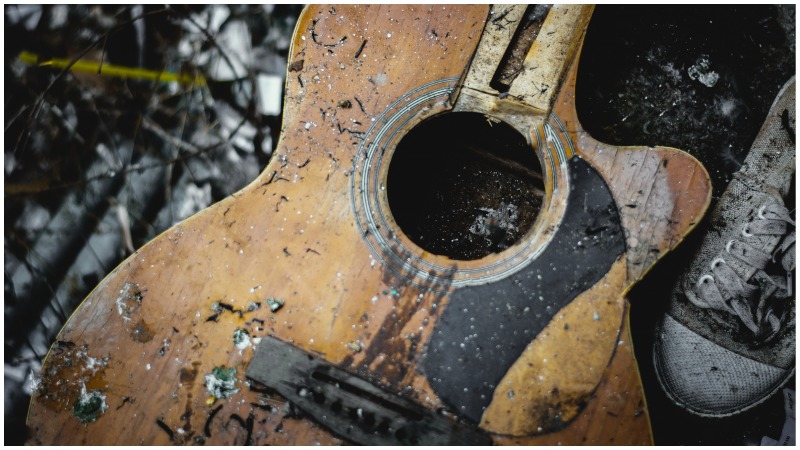When Don McLean released American Pie in 1971, he created a slice of eternal Americana that topped the charts on both sides of the Atlantic, launching his music career.
McLean’s perfectly pitched songwriting captures the melancholy of nostalgia and provides the definitive eulogy for one of the most tragic losses in rock ‘n’ roll history.
For McLean, along with pop alumni such as the Beatles and Bob Dylan, the music of Buddy Holly was the spark that ignited them to greatness.
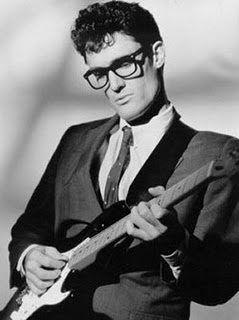
Buddy Holly was just 22-years-old when he, along with up and coming star Ritchie Valens and rock ‘n’ roll royalty the Big Bopper, boarded a single-engine light aircraft in less than favorable conditions.
This aircraft would crash soon after take-off killing everyone on board, including the pilot, Roger Peterson.
The Winter Dance Party Tour of 1959 would be the cash injection Holly needed to support not only his growing family but also his burgeoning solo career.
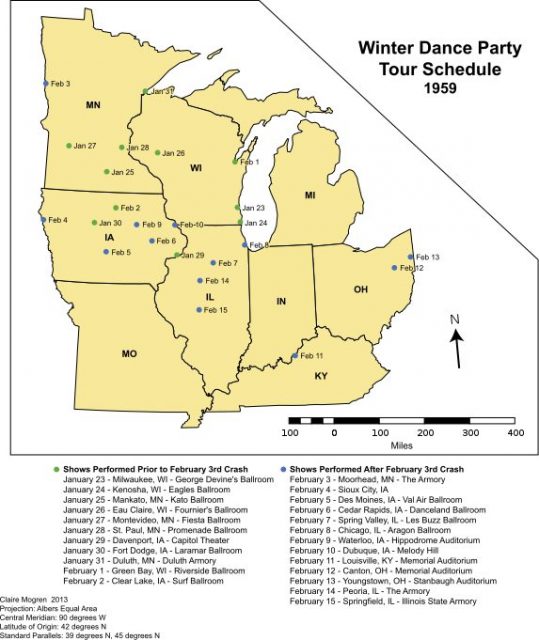
The tour was to last around three weeks, over January and February, and was made up of a series of one-night concerts that zigzagged across the Midwest of America.
It would soon become known as the tour from hell.
The organizers, General Artists Corporation, seemed to have a flagrant disregard for geography.
The tour was arranged so that the musicians would have to cover distances of up to 400 miles daily between gigs, sometimes passing through towns they had played on previous nights.
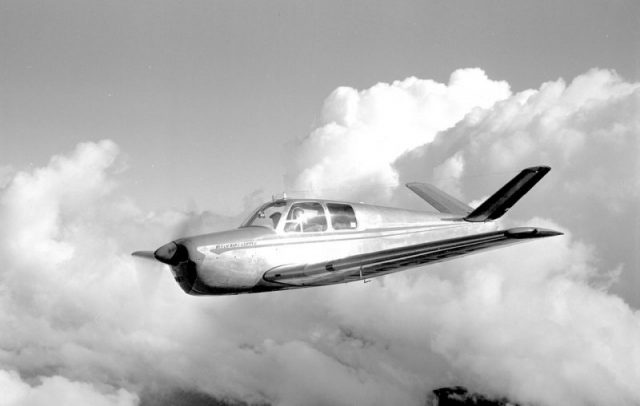
Buddy Holly historian, Bill Griggs, is quoted by the Star Tribune as saying of the organizers, “They didn’t care. It was like they threw darts at a map … The tour from hell — that’s what they named it — and it’s not a bad name.”
For seasoned musicians like Holly and the Big Bopper the grueling schedule, the extreme cold and lack of proper management would have made the tour challenging to deal with even if it had been adequately mapped out.
As reported by the Star Tribune, within the first eleven days, the tour went from “Wisconsin to Minnesota to Wisconsin to Minnesota to Iowa to Minnesota to Wisconsin to Iowa to Minnesota…with no roadies to help set up and pack up, and only icy two-lane highways to get from town to town.”
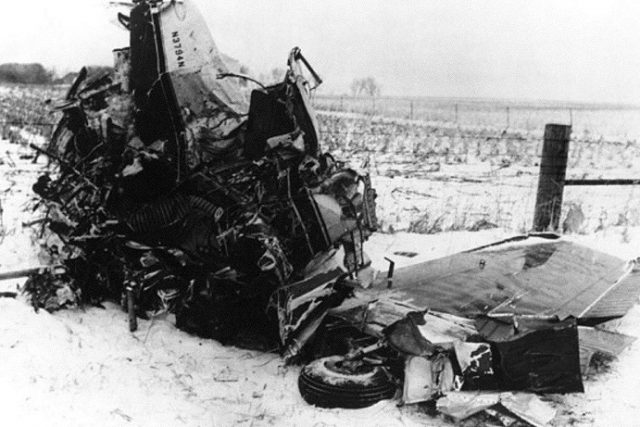
The temperatures in the Midwest can get as low as -35 and the tour buses provided by General Artists Corporation were in no way equipped to deal these extremes of temperature let alone cover long distances in one stretch.
By all accounts, the buses were reconditioned school buses which had no heating and no sleeping facilities.
Griggs estimates that the bus was replaced at least five times in less than two weeks.
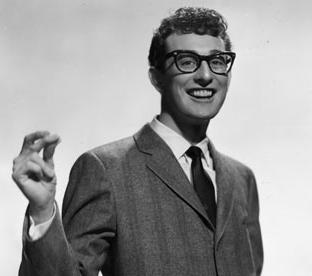
In the early hours of February 1st as the bus was making the 300-mile journey from Duluth, Wisconsin to Appleton, Wisconsin, the temperature dipped so low that the engine froze and the bus shuddered to a halt in the middle of the highway.
They were stuck for hours in the middle of a snowstorm, wearing all the clothes they owned, huddling under blankets and burning newspapers to stay warm.
They were saved when a passing trucker notified the local sheriff’s department, who took the musicians to the nearby town of Hurley.
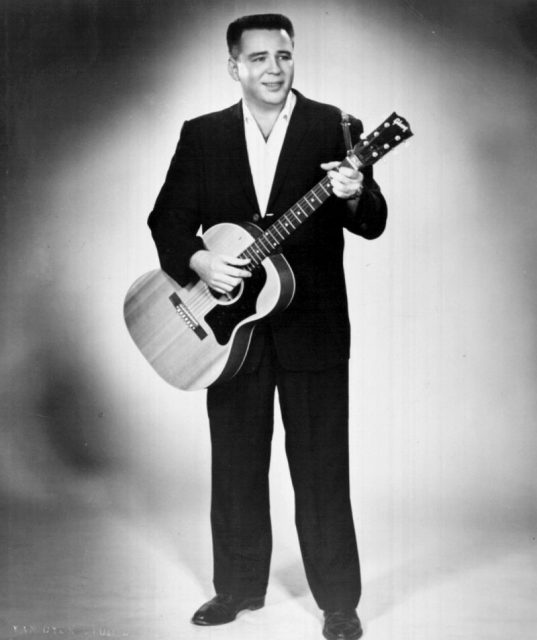
It was so cold that night that, even with blankets and a makeshift fire, Holly’s tour drummer, Carl Bunch, had to be taken to hospital for frostbite.
The remaining tour members then took the train and Greyhound bus the remaining 250 miles to Appleton.
February 2nd was supposed to be a rest day. Everyone on the tour was physically exhausted, they had no clean clothes and one of them was in the hospital.
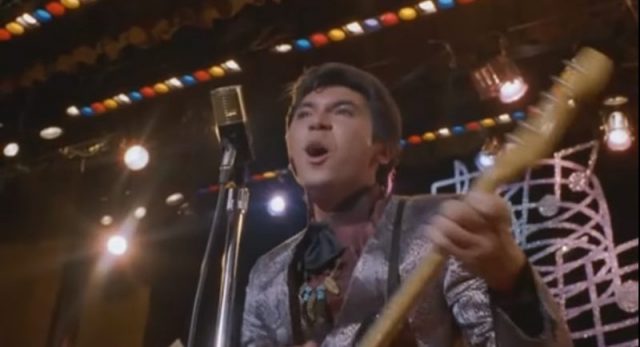
The tour organizers, however, had different ideas and booked a show in Clear Lake, a 335-mile-trip from Appleton and a mere 150 miles from Duluth, where the tour had played the night before.
It was during the bus ride to Clear Lake that Buddy Holly decided he had had enough of the road and made the fateful decision to charter a plane to Fargo, North Dakota, the next destination of the tour and around 400 miles northwest of Clear Lake.
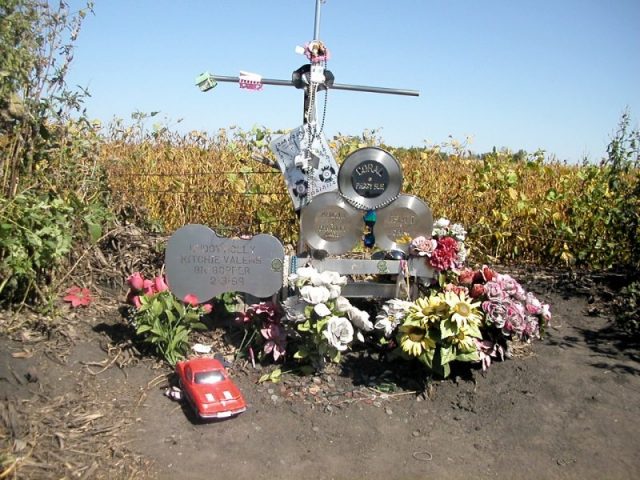
17-year-old Ritchie Valens joined the flight due to a coin toss he had won with Holly’s backup guitarist. Holly’s bassist, Waylon Jennings, who later went on to become a country music legend, voluntarily gave up his seat on the plane to JP Richardson, who was sick with the flu. Along with the Big Bopper and Buddy Holly himself, the Beechcroft Bonanza light aircraft took off at 12:55 am on Tuesday 3rd February. However it failed to make radio contact with the tower at the scheduled 1:00 am slot.
All attempts at establishing radio contact failed. The crash site was located at 9:35 am that morning.
The official investigation found that the plane hit the ground at 170 mph, killing all four aboard instantly.
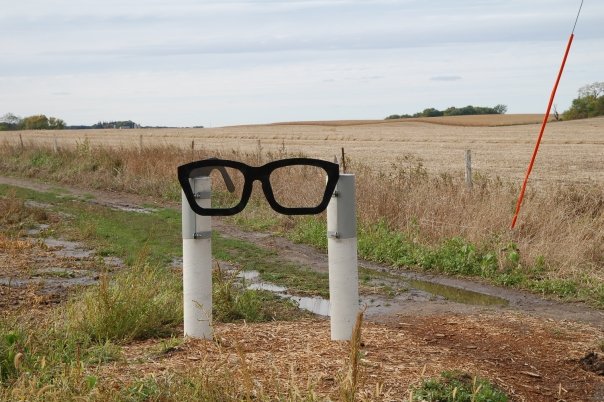
There are multiple factors cited in the official crash report, one of them being the grueling nature of the tour that first convinced Holly to charter the plane.
Other elements of note were the vastly inadequate weather briefing pilot Roger Peterson received that night and the pilot’s lack of requisite skills to fly a plane using instruments only.
Due to the near-blind flying conditions and Petersons unfamiliarity with the instruments aboard the Beechcroft, he became affected by spatial disorientation and believed the plane was climbing when in fact it was descending.
Read another story from us: Buddy Holly was the First White Act to Play the Apollo Theater in Harlem
The tragedy sent shock waves through America, and February 3rd, 1959 will be immortalized forever as The Day the Music Died.
